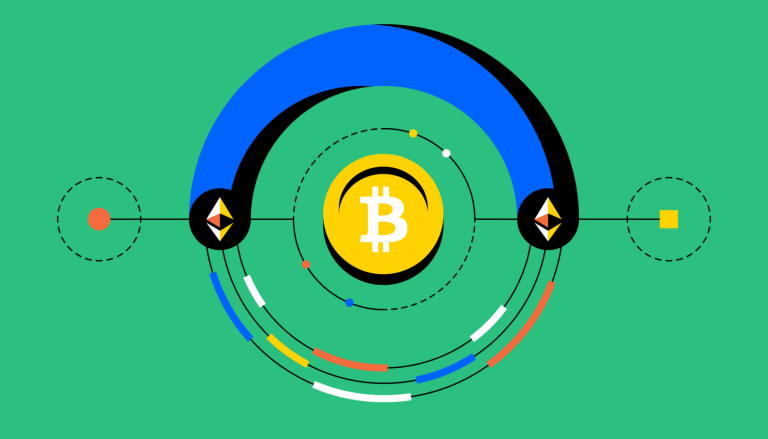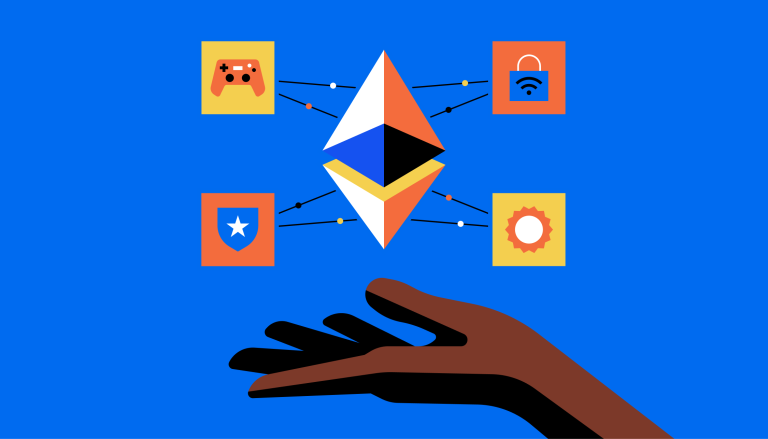What is wrapped crypto?

Wrapped crypto tokens are digital assets that mirror the value of another cryptocurrency from a different blockchain.
They are created to enhance interoperability between different blockchains, allowing assets from one blockchain to be used on another.
Wrapped tokens play a crucial role in the decentralized finance (DeFi) space, enabling smoother and more efficient movement of funds.
Understanding Wrapped Crypto Tokens
Wrapped crypto tokens are digital assets that mirror the value of another cryptocurrency from a different blockchain. They are created to address the challenge of interoperability between different blockchains. For instance, Bitcoin and Ethereum, two of the most utilized blockchains, operate on different protocols and cannot directly interact with each other. Wrapped tokens bridge this gap, allowing assets from one blockchain to be used on another.
The process of creating a wrapped token involves securing the original asset in a digital vault and minting a new token on a different blockchain. This new token mirrors the value of the original asset and can be used on the blockchain it was minted on. For example, Wrapped Bitcoin (wBTC) is a token on the Ethereum blockchain that mirrors the value of a Bitcoin.
The Role of Wrapped Tokens in DeFi
In the decentralized finance (DeFi) space, wrapped tokens play a crucial role. They allow for the efficient, smooth, and fast movement of funds, which is essential in DeFi applications. For instance, a user can wrap their Bitcoin into wBTC and use it on Ethereum-based DeFi platforms. This allows users to take advantage of the unique features and services offered by different blockchains.
Wrapped tokens also enhance liquidity in the DeFi space. By allowing assets from different blockchains to be used on any platform, they increase the amount of capital available in the DeFi market. This, in turn, can lead to more trading activity and potentially increased activity for users.
Types of Wrapped Tokens
There are various types of wrapped tokens, each representing a different original asset. One example of a wrapped token is Wrapped Bitcoin (wBTC), which mirrors Bitcoin on the Ethereum blockchain. Other examples include Wrapped Ether (WETH), which is a tokenized version of Ether on the Ethereum platform, and Wrapped Luna (bLuna), a token that mirrors Luna on the Terra network.
The process of wrapping and unwrapping tokens involves exchanging the wrapped token for the underlying asset.
The Future of Wrapped Tokens
While wrapped tokens have already influenced the DeFi space, their potential is far from exhausted. As technology continues to evolve, we can expect to see more advancements in the field of wrapped tokens. For instance, more blockchains are starting to experiment with wrapped tokens to facilitate access to DeFi applications.
However, it's important to note that the process of creating and managing wrapped tokens currently requires a trusted custodian to hold the original assets. This requirement somewhat contradicts the decentralized nature of blockchain technology. As such, future developments in the field of wrapped tokens might seek to address this limitation and make the process more decentralized.


